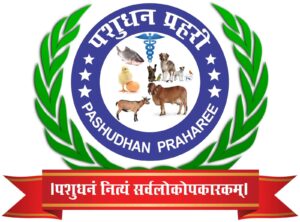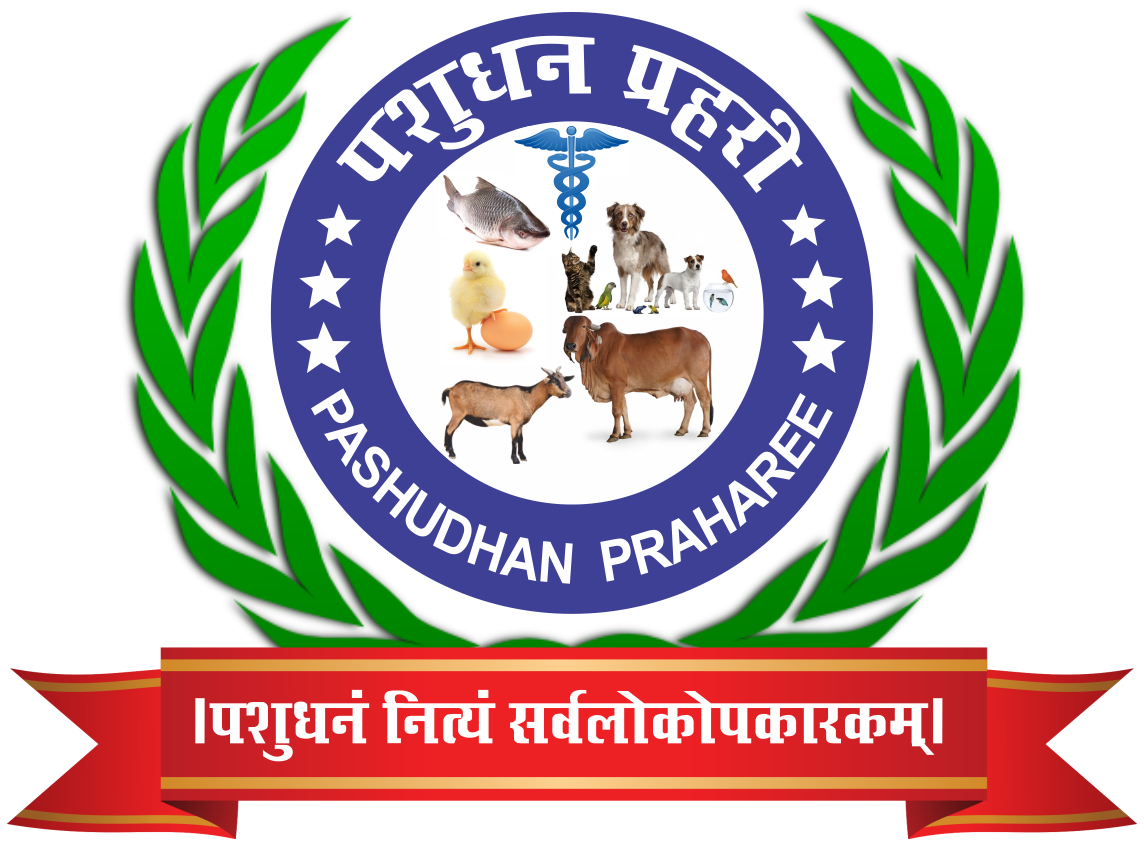Nature’s Healers: Zoopharmacognosy, One Health, and the Fight Against AMR in India
Self-medication in animals, also known as zoopharmacognosy, is a fascinating field of study that reveals how various species instinctively treat their ailments using natural remedies. From insects to primates, animals have evolved behaviors that allow them to prevent infections, treat wounds, and even combat parasites. This innate ability highlights the deep-rooted connection between animals and their environment, showcasing their remarkable survival strategies.
Ants: Natural Pharmacists
Ants exhibit impressive self-medication behaviors, especially in controlling infections and parasites:
- Formic Acid Therapy: Some species, like wood ants, produce and apply formic acid, which acts as an antimicrobial agent to prevent infections.
- Plant Selection: Leafcutter ants incorporate specific antimicrobial plants into their nests to reduce fungal growth.
- Social Hygiene: Certain ant species groom infected members to remove harmful pathogens, ensuring colony health.
Apes: Herbalists of the Wild
Great apes, including chimpanzees and gorillas, have been observed using plants to treat themselves:
- Leaf Swallowing: Chimpanzees consume rough-textured leaves that help expel intestinal parasites by physically scraping them from the gut lining.
- Bitter Plant Consumption: Gorillas and orangutans eat bitter plants like Vernonia (a plant with medicinal properties) to combat infections and digestive issues.
- Wound Treatment: Some apes rub chewed plant matter on wounds, possibly for antiseptic purposes.
Birds: Feathered Pharmacists
Birds also engage in self-medication to maintain their health:
- Anting Behavior: Many birds rub ants on their feathers, allowing the formic acid to act as a natural pesticide against mites and parasites.
- Medicinal Nesting: Starlings and other species incorporate aromatic plants like mint and yarrow into their nests to repel bacteria and parasites, ensuring healthier offspring.
Zoopharmacognosy in Major Wild Animals Found in India
India is home to a diverse range of wildlife, many of which exhibit self-medicating behaviors to combat diseases and environmental stressors.
- Asian Elephants (Elephas maximus)
- Herbal Consumption for Digestion: Elephants are known to eat specific plants to aid digestion and expel parasites.
- Pregnancy-Induced Plant Consumption: Pregnant elephants have been observed consuming certain plant species believed to induce labor.
- Bengal Tigers (Panthera tigris tigris)
- Mud Therapy: Tigers roll in mud to soothe skin irritations, reduce ectoparasites, and regulate body temperature.
- Grass Consumption: Tigers occasionally eat grass to cleanse their digestive system, similar to domestic cats.
- Indian Sloth Bears (Melursus ursinus)
- Ant and Termite Consumption: Sloth bears feed on ants and termites, which have antimicrobial properties and help in gut health.
- Herb Selection: They consume medicinal herbs to treat infections and digestive issues.
- Rhesus Macaques (Macaca mulatta)
- Leaf Swallowing: Similar to chimpanzees, rhesus macaques consume rough leaves to expel intestinal parasites.
- Bark Chewing: Some macaques chew on the bark of specific trees known for their antibacterial properties.
- Indian Wild Dogs (Dholes – Cuon alpinus)
- Herb Consumption: Dholes have been observed chewing on medicinal plants to aid digestion and treat parasites.
- Mud Bathing: They use mud to reduce tick infestations and skin irritation.
- Asiatic Black Bears (Ursus thibetanus)
- Berry and Root Selection: They consume specific berries and roots with known anti-inflammatory and antimicrobial properties.
- Tree Bark Consumption: Some species ingest tree bark with medicinal properties to alleviate gastrointestinal discomfort.
Other Animals and Their Healing Instincts
- Elephants: Pregnant elephants have been seen eating certain plants believed to induce labor.
- Dolphins: Some dolphins rub against specific corals that release antimicrobial compounds, possibly helping to treat skin infections.
- Dogs and Cats: Domestic animals instinctively eat grass when experiencing digestive discomfort, aiding in vomiting or clearing intestinal blockages.
Zoopharmacognosy and Its Importance in One Health, One World Concept & AMR Issues in India
The One Health, One World concept emphasizes the interconnectedness of human, animal, and environmental health. Zoopharmacognosy plays a crucial role in this framework by:
- Understanding Natural Medicine: Studying self-medication in animals can inspire new drug discoveries and alternative therapies that are sustainable and less harmful to the ecosystem.
- Reducing Dependence on Synthetic Antibiotics: With antimicrobial resistance (AMR) becoming a significant global health crisis, insights from zoopharmacognosy can promote natural antimicrobial solutions and minimize excessive antibiotic use in both veterinary and human medicine.
- Wildlife Conservation and Disease Control: Understanding how wild animals self-medicate can help conservationists monitor and improve the health of endangered species, reducing disease transmission between wildlife, livestock, and humans.
- Traditional Medicine and Indigenous Knowledge: Many of India’s traditional healing practices, such as Ayurveda, draw inspiration from nature. Zoopharmacognosy supports the scientific validation of these practices while promoting biodiversity conservation.
In India, where AMR is a rising threat due to overuse of antibiotics in livestock and human medicine, exploring how animals naturally combat infections can provide valuable strategies for sustainable disease management. Encouraging further research in zoopharmacognosy aligns with the One Health approach and can lead to innovative, eco-friendly healthcare solutions.
The ability of animals to heal themselves using natural remedies underscores the intelligence and adaptability of wildlife. Understanding these behaviors not only enriches our knowledge of animal ecology but also has potential applications in developing new medicines inspired by nature. Studying these natural doctors can lead to breakthroughs in human and veterinary medicine, reinforcing the idea that nature is the ultimate healer. Additionally, integrating zoopharmacognosy into the One Health, One World framework and addressing AMR challenges in India can pave the way for more holistic and sustainable health management approaches.



